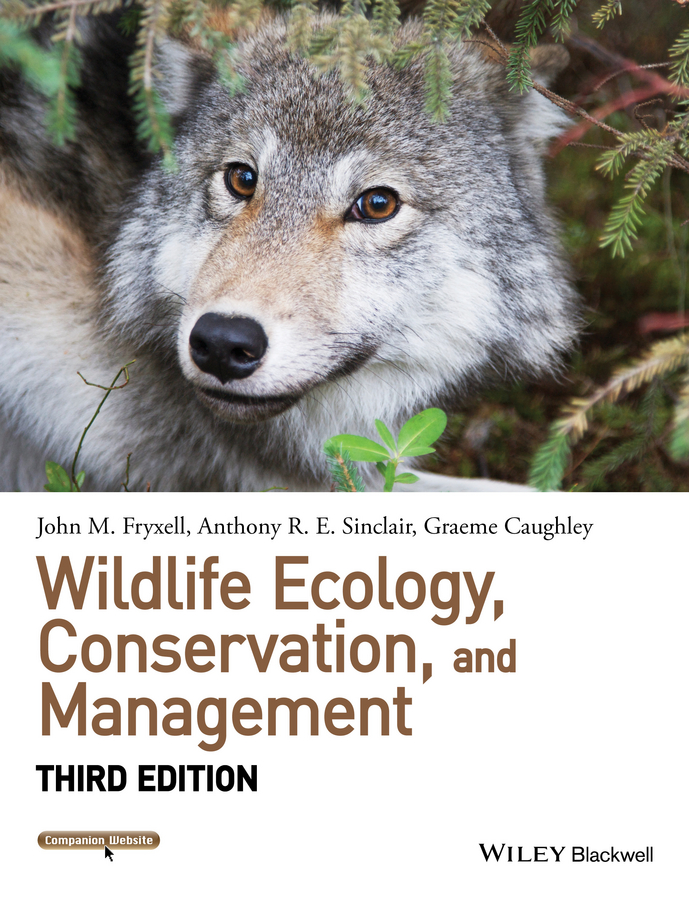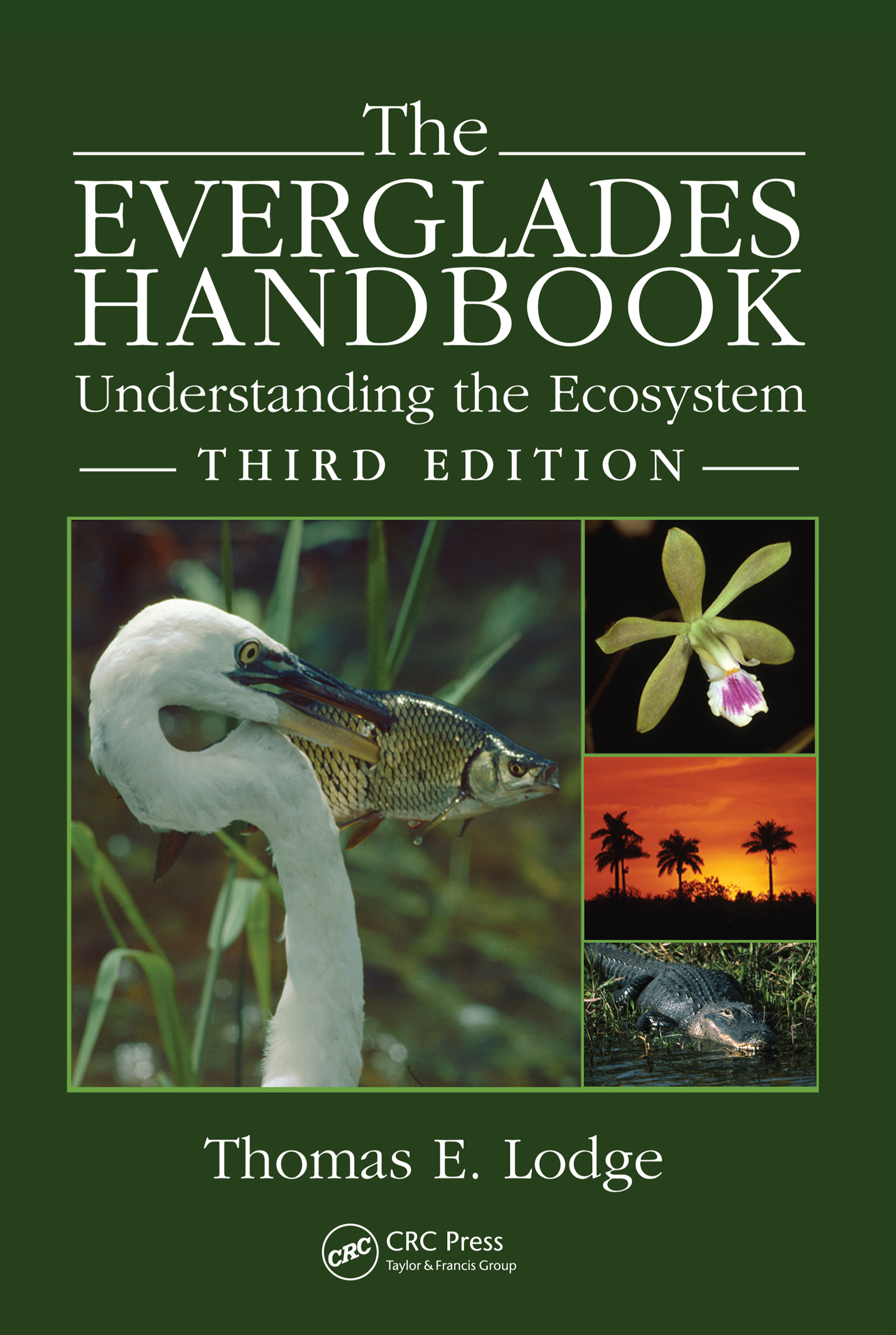CLCQ1
LanguageENG
PublishYear2014
publishCompany
Wiley
EISBN
9781118348246
PISBN
9781118291061
- Product Details
- Contents
There are several important areas of wildlife research and management that are inadequately covered in the second edition of this book. As a result, the authors have chosen to add four brand new chapters to this new edition, as well as updating several of the other chapters with more recent developments and examples. In current research there has been rapid acceptance of the non-commercial statistical software known as R. In this edition the authors replace all of the programs and example code with their R equivalents. The authors have set up a server link to the textbook software examples as well as a series of modules introducing R to readers. The four new chapters cover: habitat use and selection; habitat fragmentation, movement and corridors; climate change, and; evolutionary response to disturbance. Habitat selection and use is an area with a lot of recent work. The authors have expanded the treatment of this in the third edition, to cover topics such as the ecological reasons for selective habitat use, quantitative measurement of habitat use, with particular emphasis on various approaches to resource selection, and density- resource- and risk-dependent effects on habitat use. The new chapter on habitat fragmentation, movement, and corridors discusses the historical patterns of fragmentation, the positive and negative effects of fragmentation on wildlife demography, and movement patterns in fragmented systems and the effects of corridors. Climate change is rapidly becoming a central theme in virtually all wildlife conservation plans. The new chapter provides information on the anthropomorphic effects on climate change, climate change models and variation in future scenarios, and the effects of climate change on wildlife distribution patterns, demography and behavior. Recent work has demonstrated the potential for rapid evolutionary response of wildlife populations to disturbance, whether natural or anthropomorphic in origin. The authors report on this exciting and new area of research, with particular emphasis on the evolutionary traps, measuring evolutionary response to change, and evidence of evolutionary responses to harvesting, habitat change, climate change, and ecological interactions. Brief TOC: Preface; 1. Introduction: goals and decisions, Part 1 Wildlife Ecology, 2. Biomes, 3. Ecology of individuals, 4. Food and nutrition, 5. Population growth, 6. Dispersal, dispersion, and distribution, 7. Habitat use and selection, 8. Population regulation, fluctuation and competition within species, 9. Competition and facilitation between species, 10. Predation, 11. Parasites and pathogens, 12. Consumer-resource dynamics, 13. The ecology of behavior, Part 2 Wildlife Management and Conservation, 14. Counting animals, 15. Age- and stage-structure, 16. Model evaluation and adaptive management, 17. Experimental management, 18. Conservation in theory, 19. Conservation in practice, 20. Habitat fragmentation, movement, and corridors, 21. Wildlife harvesting, 22. Wildlife control, 23. Ecosystem management and conservation, 24. Climate change, 25. Evolutionary response to disturbance
Collected by
- Princeton University
- Yale University
- University of Oxford
- UCB











